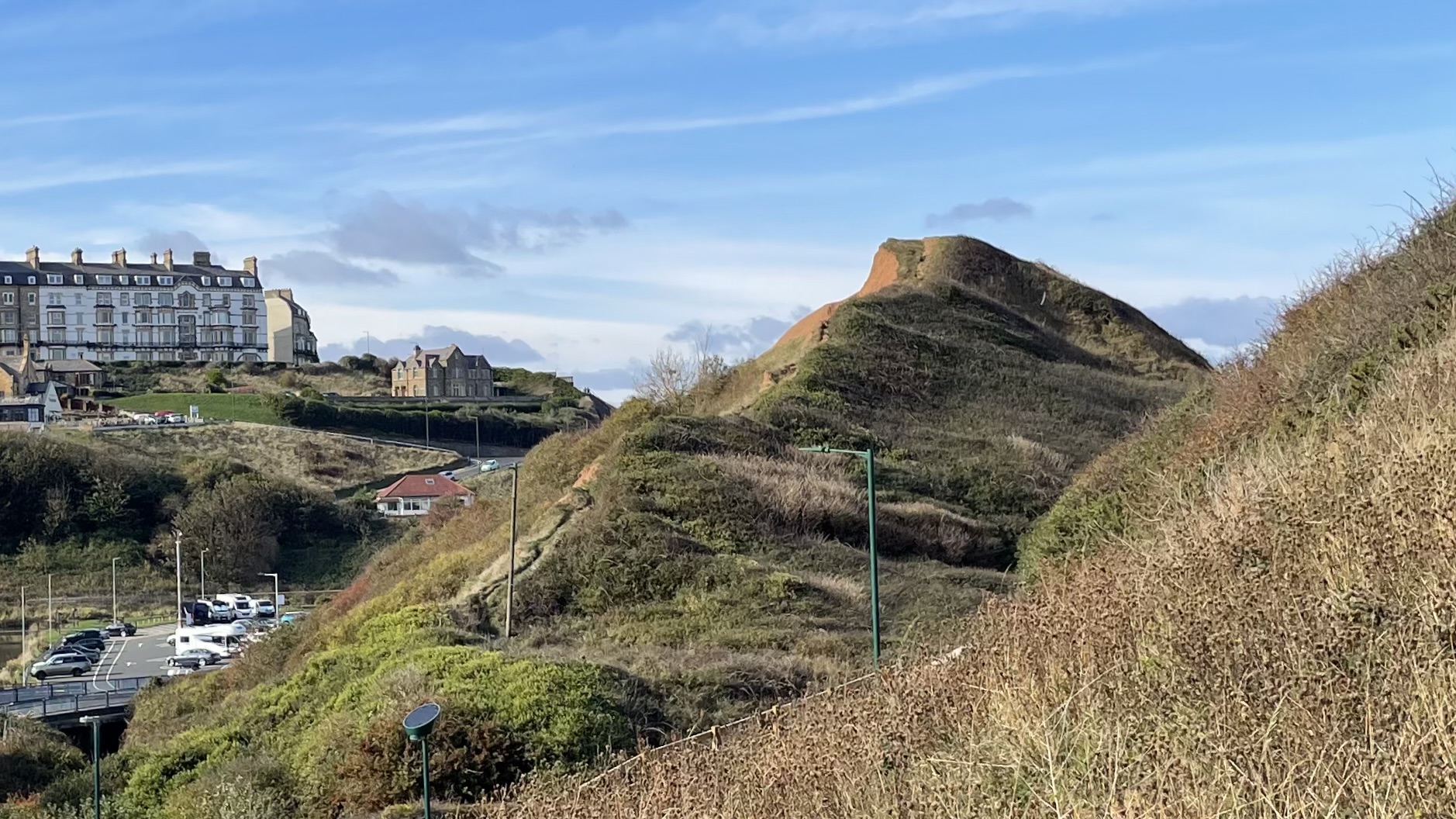No one can say for certain whether young Wilfred Littleboy ever scrambled down the steep bank to cross the new bridge over Skelton Beck and wander into Old Saltburn, with its whitewashed cottages huddled beneath Cat Nab and the gaiety of its fairground by the sea. It is difficult to picture a spirited boy resisting the lure of that curious conical hill, yet perhaps his father’s position confined him to the more respectable west cliff, where the genteel rode the tramway down to the pier rather than risk the steep descent.
Wilfred was born in Stockton in 1896, the youngest son of Charles William Littleboy, a prosperous shipbuilder, and his wife Agnes Eveline. Around 1900 the family exchanged their Stockton home for ‘The Woodlands’, one of Saltburn’s finer addresses. Wilfred began his education in York, later attending Rugby School from 1909 until December 1914. He was no idle schoolboy: he played in the first XV and served as a Cadet Officer in the Officer Training Corps.
The Great War broke upon the world in August 1914, and Wilfred, barely out of boyhood, was impatient to serve. He left Rugby early to enlist in the 13th (Reserve) Battalion of the Royal Warwickshire Regiment, receiving his commission in January 1915 and promotion to Lieutenant that November.
A knee injury postponed his posting overseas, so he was attached to the 33rd Training Reserve Battalion as a Range Officer—a task he found both useful and companionable. Eventually, in July 1917, he crossed to France and joined the 16th Battalion. His men thought highly of him; their platoon, No. 5 of B Company, won the silver cup for best-trained platoon in the 5th Division that September. Four weeks later, he was dead.
In October 1917, orders came to assault the heavily fortified Polderhoek Chateau near Gheluvelt. Wilfred led his platoon in the first wave. Struck in the leg, he pressed on, only to be hit again and killed. Lieutenant Wilfred Eveline Littleboy fell on 9 October 1917, aged twenty-one. His battalion lost 417 officers and men that day. He lies now in Hooge Crater Cemetery.
After the war, his mother travelled to Belgium, determined to find her son’s grave. With the help of Father Delrue and his assistants, she succeeded. When she offered payment for their kindness, the priest replied, “For me nothing, but for my church…” Soon after, two generous gifts arrived for the church, and a plaque was placed there in Wilfred’s memory.
In 1930, the Littleboy family gave a final, living memorial: a piece of land in Thornaby-on-Tees, now known as Littleboy Park. Opened to the public by Mrs Littleboy herself, it remains a place for families and children to enjoy—just as her son, had fate been kinder, surely would have done1Lt. Wilfred Littleboy and the Park that bears his name. Heritage Stockton. https://heritage.stockton.gov.uk/articles/people/lt-wilfred-littleboy-and-the-park-that-bears-his-name/ [Accessed 9 October 2025].
- 1Lt. Wilfred Littleboy and the Park that bears his name. Heritage Stockton. https://heritage.stockton.gov.uk/articles/people/lt-wilfred-littleboy-and-the-park-that-bears-his-name/ [Accessed 9 October 2025]

Leave a Reply